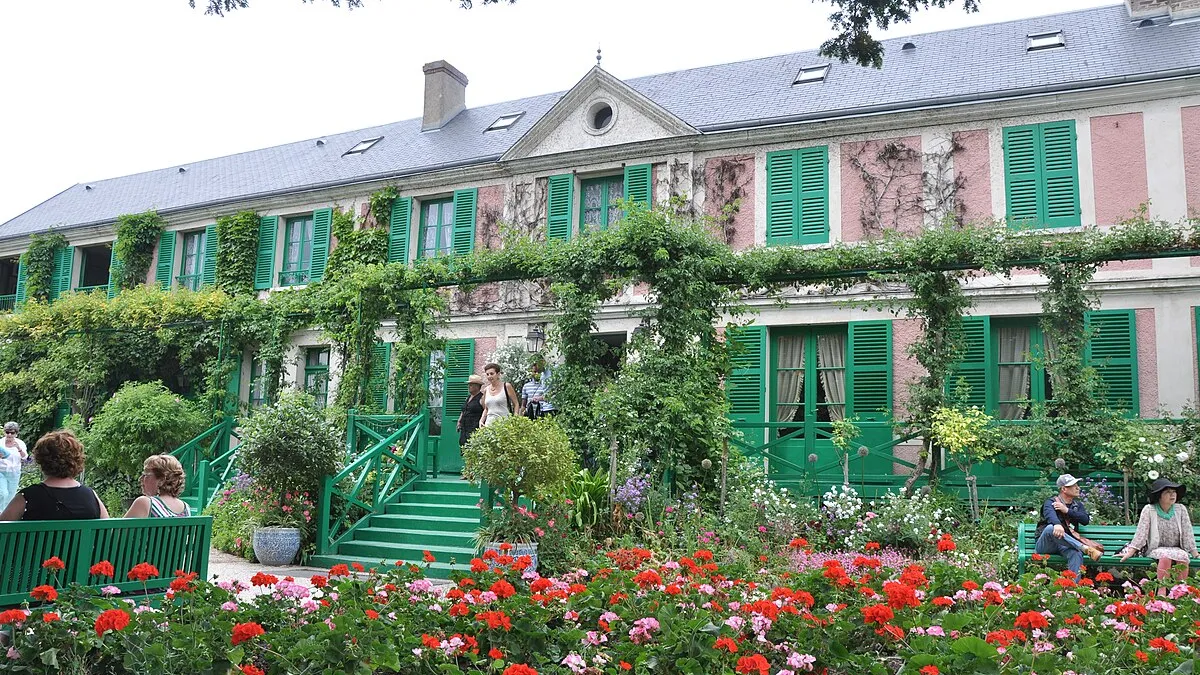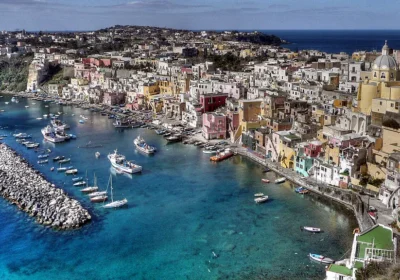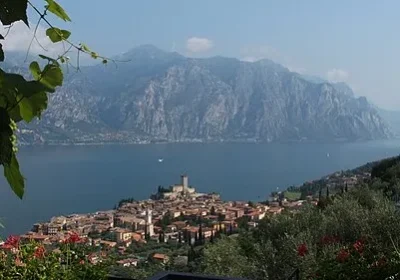“Lilies” (“Nymphaea”) by Claude Monet (Oscar-Claude Monet). Bright sunny yellow spots on the blue vibrating background of water. Amazing beauty! Do you want to see these paintings for yourself, but not in a museum, but in nature? Go to Giverny, this Norman village an hour’s drive from Paris, where Claude Monet bought a house at the end of the 19th century.
n
Here he lived for almost 45 years until his death in 1926, where he is buried in the cemetery of the local church. His friend, French President Georges Clemenceau, whose private residence was nearby, often visited him here. And it was here that they came up with the idea of a wonderful and unusual gift, which Claude Monet decided to make to France in honor of the signing of peace in the First World War. This gift was the huge panels of “Nymphaea”, painted by the artist in his Japanese garden in Giverny, and for which special rooms were later decorated in the Musée de l’Orangerie in Paris.
n
These delicate pink and white flowers still bloom on the blue surface of the pond with a humped Japanese bridge. And in front of Monet’s house in pink colors with a charming “yellow” dining room – a garden “French style” with a sea of flowers: irises, roses, asters, daisies, tulips, gladiolus of various shades … This garden – one of the most beautiful in France!
n
In the house itself is a magnificent collection of Japanese prints that inspired the great master of Impressionism. And in the atelier, where the famous “Lilies” were created from 1914, there is now a museum store, where you will find numerous publications dedicated to Monet and his followers.
n
You can continue your acquaintance with Claude Monet and Impressionism at the Orangerie and Musée d’Orsay in Paris.

















